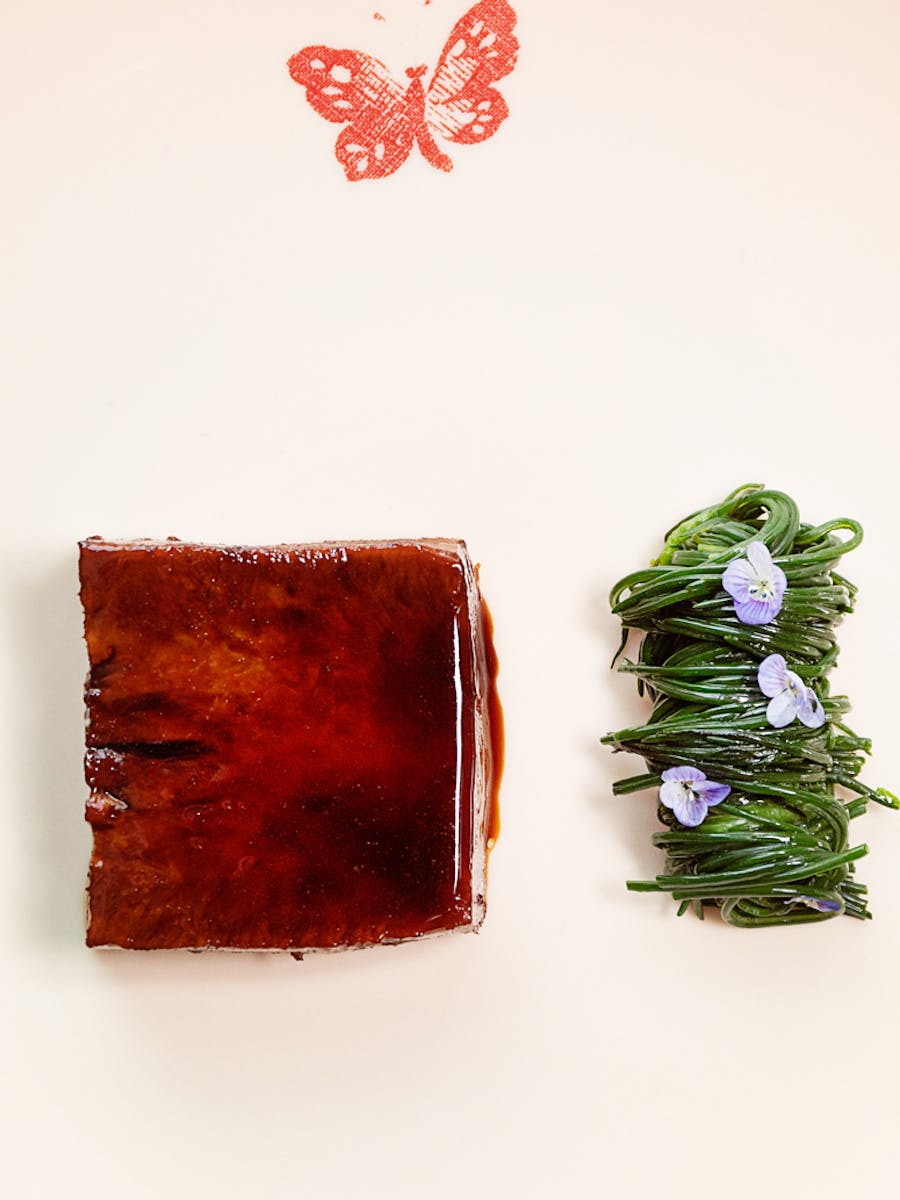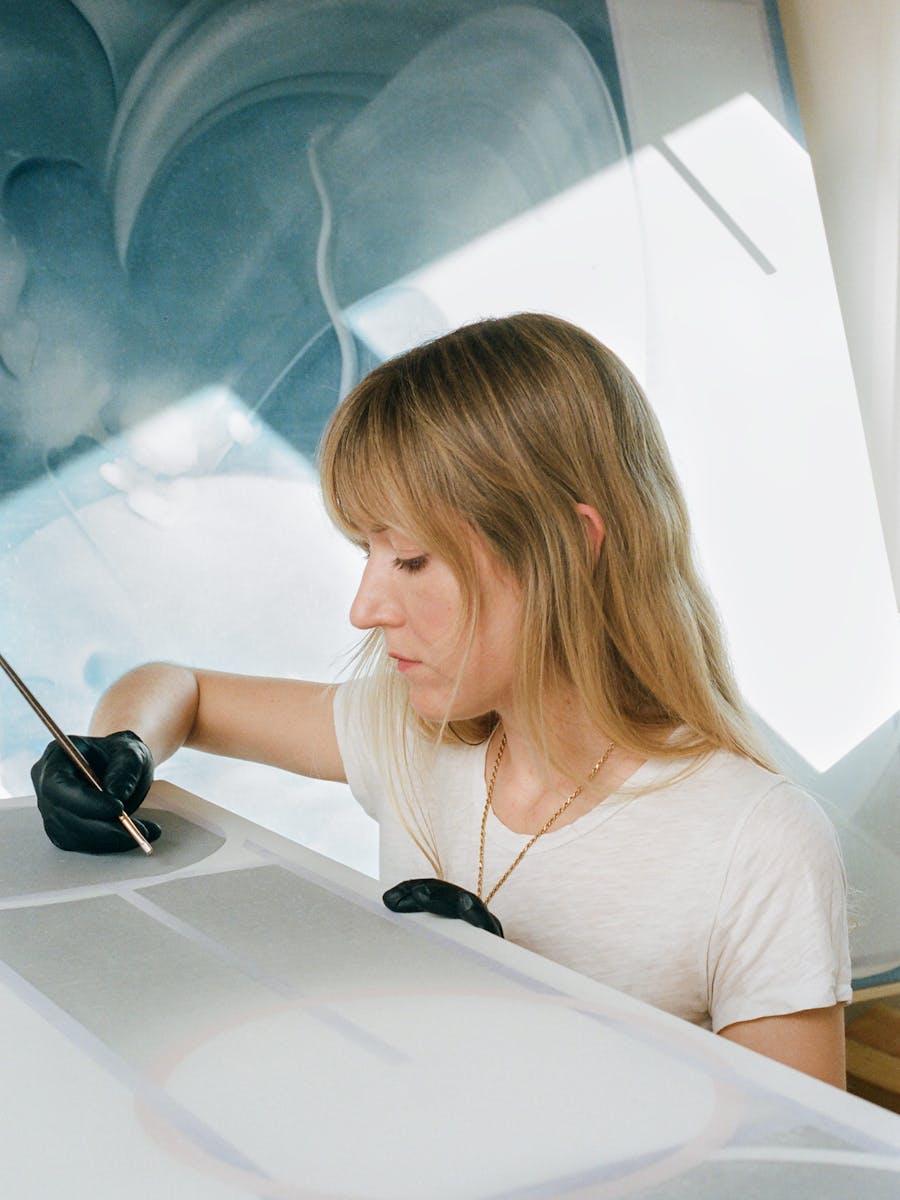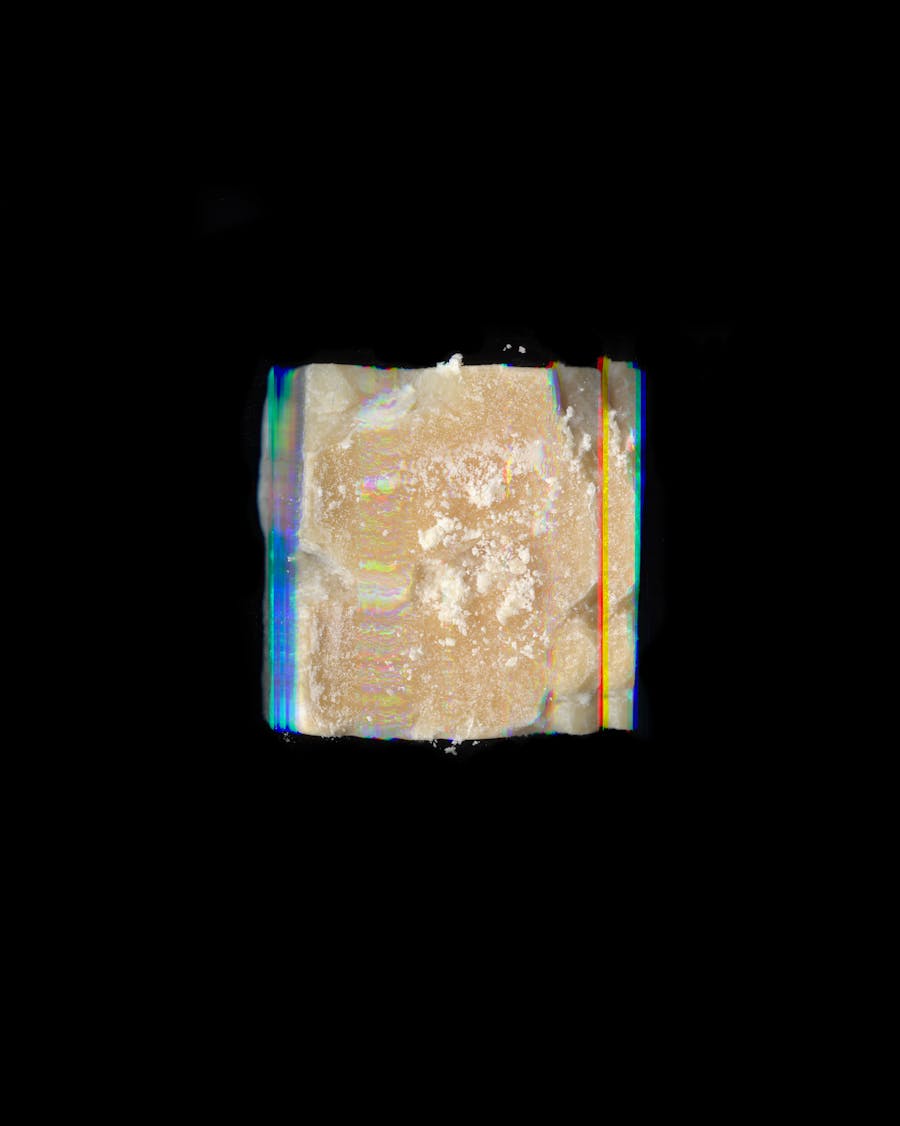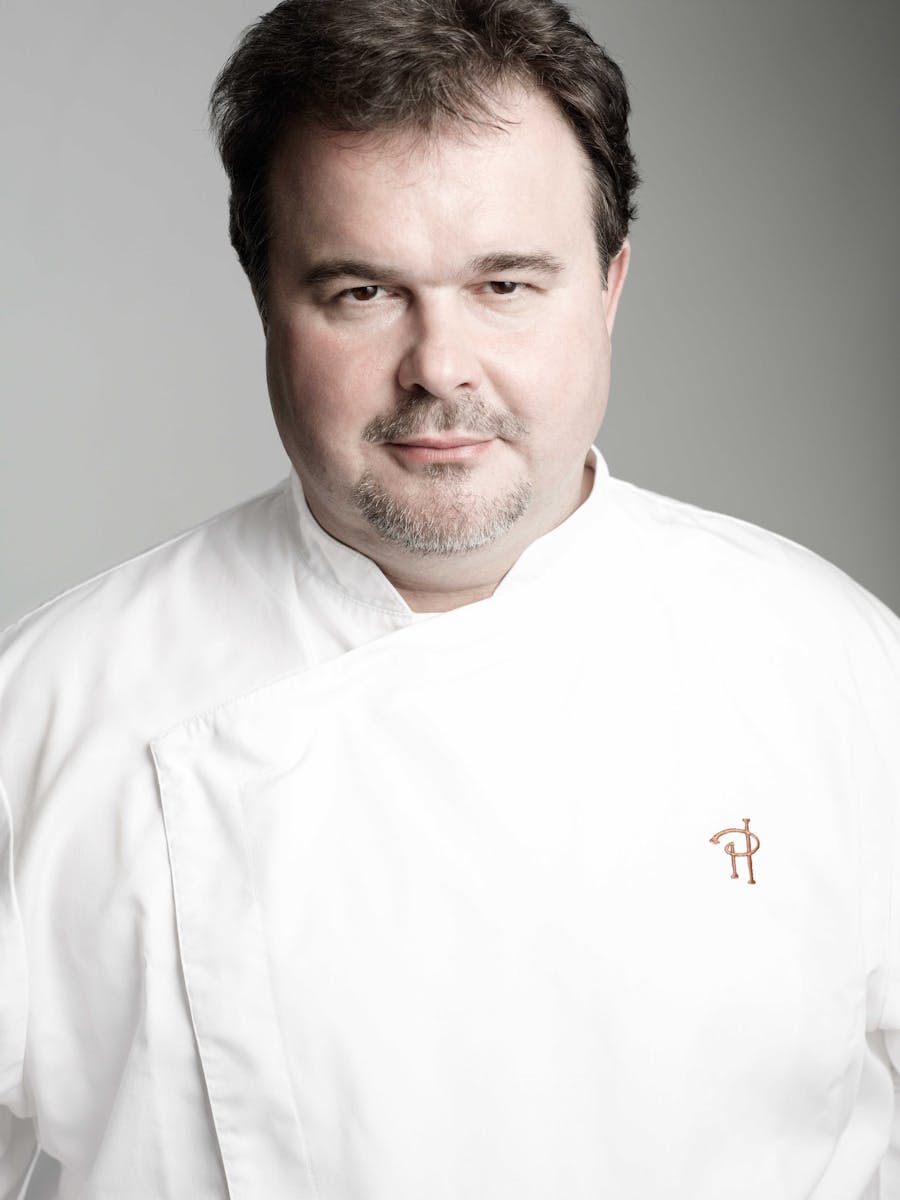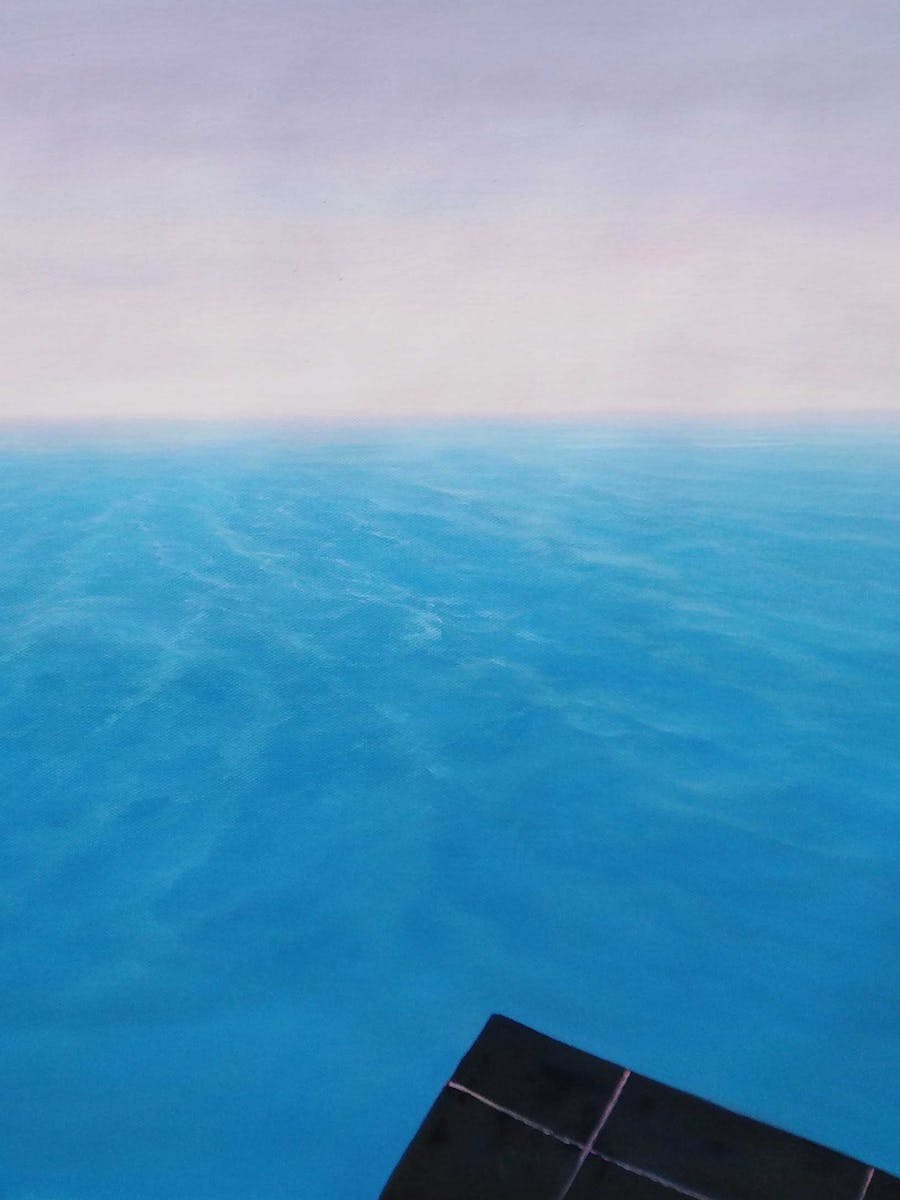From The Excess Issue
In an era when the ranking of WOTY (Word of the Year), established by the world’s major media outlets, puts words like “positivity”, “connection”, “focus”, “authenticity”, or even the expression “demure” (208.6 million posts on TikTok in August of this year, defined by Merriam Webster as “affectedly modest”) it’s tempting to think that the notion of excess, with its connotations of transgression and outrageousness, belongs to the past. It doesn’t, however, take an in-depth analysis to realise that, today, excess is ubiquitous.
The luxury of excess
Consumer goods and their cost are excessive, as is the language of the media, the life of celebrities, fashion, architecture, climate disruption, not to mention geopolitical conflict, public health crises and politics. The world surrounding us is so excessive that the prophetic book by economist Jeremy Rifkin, The Age of Access: The New Culture of Hypercapitalism, could just as well be called The Age of Excess, without misrepresenting contemporary reality.
Just as legend has it that, since snow is ubiquitous in Greenland, the Inuit language has around 100 words for it, it’s logical to think that if excess permeates every aspect of our lives, we probably need several words to express it.
And that’s not far from the truth. The notion of excess is not well researched, as on one hand, we try to counterbalance its invasive presence by aspiring to its opposite (moderation, calm, mindfulness…) and, on the other hand, it’s certainly lost its appeal in the way it’s most often understood. That does not mean to say, however, that it’s an anachronistic value. On the contrary, all one has to do is look at the development of the idea of luxury–always an excellent testing ground for what we consider desirable-to realise this. Excess and overabundance are key values in how luxury has historically been conceived. In the Roman epoch, the term “luxus” was primarily understood in its original meaning of “superfluous”. As time passed, and cultural transformations occurred, its secondary meaning began to be privileged. It thus came to evoke dislocation, and more particularly edginess, displacement, unexpected re-routings and diversions.
It goes without saying that a luxury of excess, in the sense of a luxury on the edge, of diversions from the obvious and expected, is much more in step with the contemporary world than a luxury that is simply visual, quantitative or monetary. It is not so much a stylistic posture as a search for expression that is adequate to a reality that has become more and more nuanced and complex, and where the meaning of all experience nestles precisely in the folds of this complexity.
Gustatory maximalism
It is difficult to imagine a more telling example of the appetite for excess in the hypermodern world than the one we find in cooking. In life, no other domain is so viscerally linked to the idea of the good, of gratification, health, and vitality. Yet the history of modern gastronomy would not exist without excess.
Consider the explosive, immersive spectacles of chef and neurogastronome Miguel Sánchez-Romera in his restaurant Romera, in New York, or the molecular abstractions of Ferran Adrià in the iconic El Bulli on the Costa Brava in Spain. They were part of a wave of baroque exuberance that ended up engendering a counter-reformation of young chefs searching for a diametrically opposed approach.
The Italian chef Niko Romito is a particularly good example of this new avant-garde. On the minimalist menu of his restaurant Reale, in Abruzzo, which holds three Michelin stars, a signature dish consists of only one ingredient, a single broccoli leaf, elevated with aromatic concentrates and creamy intensifiers, where even the simple play of colours constitutes, in and of itself, a promise made to the palate of a literal immersion in flavour.
Are we seeing an excess of restraint in response to the excessive quantities of the previous generation? Such a radical volteface is often at least in part a reaction to something. But this gesture also allows us to glimpse a more general parti pris with regards to excess, to wit: the reconciliation of two historically opposed kinds of radicalism, minimalism and maximalism, which seems relevant to our era. With a minimum of material, it’s possible to generate a maximum of perceptual quality, as economist Serge Latouche suggested in espousing a lifestyle inspired by “hedonistic frugality” in the face of capitalism’s excesses.
The taste of excess
Exploring the metamorphoses of excess also implies noticing that, over the course of a few short years, the rush to the minimum and its alter ego, the aspiration to the maximum, seem to have cleared the international landscape of the aspiration to the “happy medium” of “normcore”, which some had identified as the future not only of fashion, but also of lifestyle in general.
Dated it may be, but the eponymous book published in the context of the Excess exhibition (edited by Maria-Luisa Frisa and Stefano Tonchi), was already, in 2004, bringing a prophetic gaze to bear on our near future. It argued that the transgressive excesses of the subcultures of the 1980s had not disappeared, but that they had taken deep root in our lifestyles, even becoming the engine of the systems that regulate them.
Excess is not only observable on a large scale, through class conflict, wars over raw materials or the revolutionary social movements that persist. The algorithm of excess has evolved, now manifesting principally in the unpredictability so characteristic of the contemporary world.
The luxury of the edge and diversions is unpredictable, very much like the whims of the economy and fashions which begin as media trends and transform into self-destructive obsessions with lethal consequences, or the dazzling rise of teen pop stars who become global geopolitical influencers in a matter of weeks. Inversely, how can we imagine that other pop stars, promised unlimited success, can be annihilated simply through collaborating with someone suddenly deemed a persona non grata.
For once, the explanation of such a complex situation could be very simple. Claiming that the algorithm of excess dominates the world is certainly excessive. What is not, on the other hand, is thinking that, through functioning in the world, excess manifests itself in the same way as the world currently does. Let’s not forget that we’re talking about the same world about which, 50 years ago, an American mathematician would become famous for claiming that a butterfly fluttering its wings in Brazil could cause a hurricane on the other side of the world.
